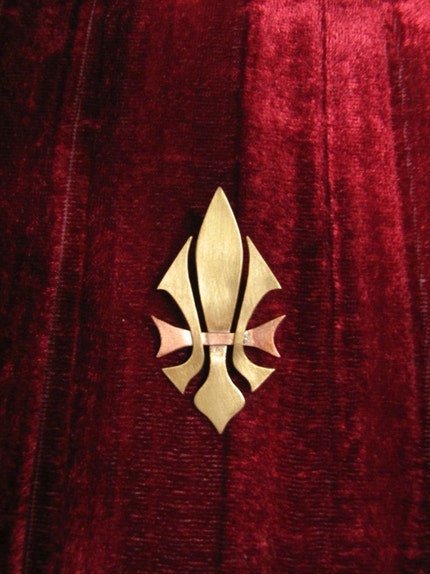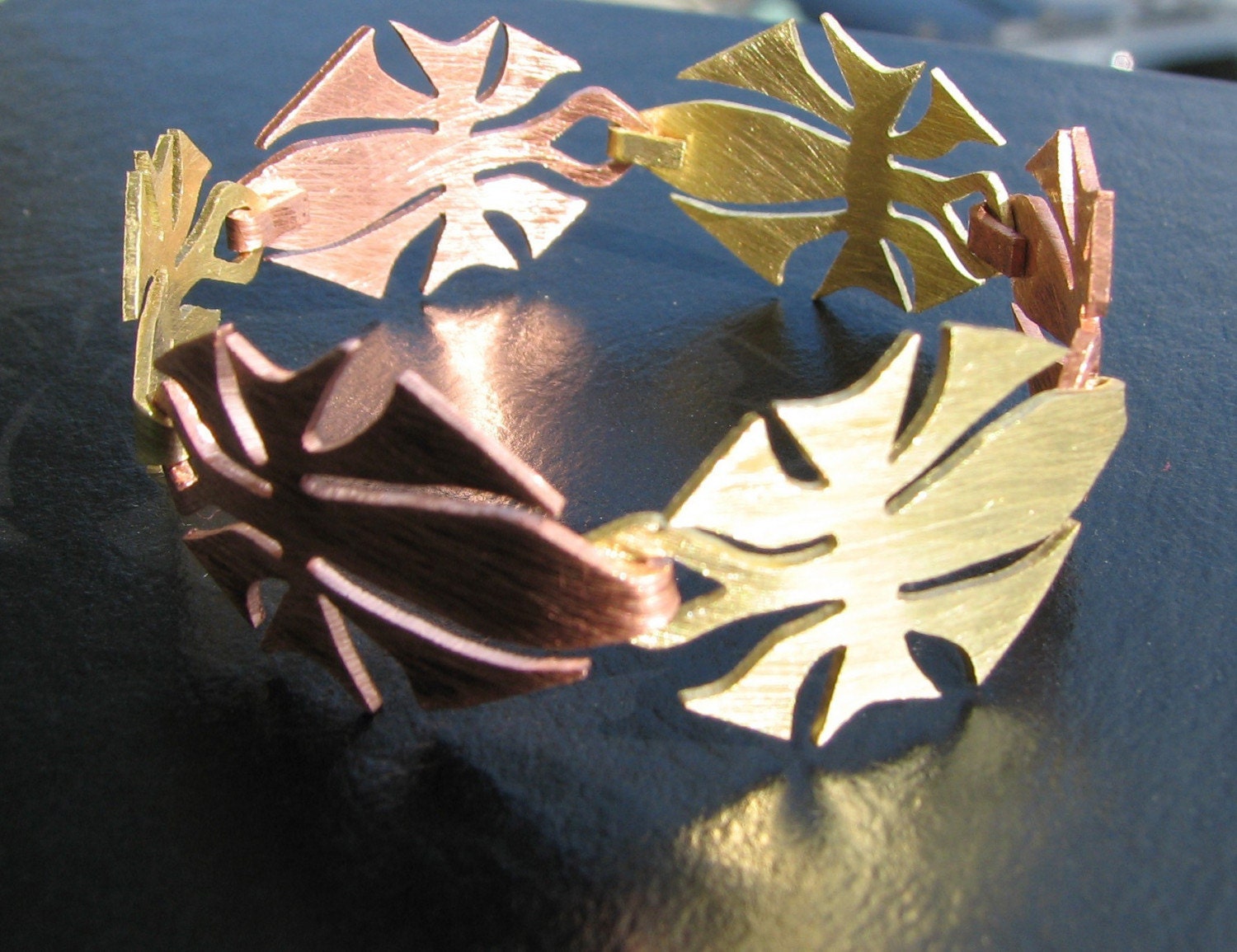 My first bench setup consisted of a $16 Craftsman tool stand in my living room. I soldered on the left and sawed on the right. Somewhere in the middle, as needed, I formed, drilled, and designed. Not much space, but I have to say, the tool stand was a great find. It was important to find something sturdy, as sawing would be miserable on a surface not heavy and stable enough to avoid shaking or wobbling. Many tool stands also are not designed for sitting, as many do not have a top that comes out from an open base to make room for your legs.
My first bench setup consisted of a $16 Craftsman tool stand in my living room. I soldered on the left and sawed on the right. Somewhere in the middle, as needed, I formed, drilled, and designed. Not much space, but I have to say, the tool stand was a great find. It was important to find something sturdy, as sawing would be miserable on a surface not heavy and stable enough to avoid shaking or wobbling. Many tool stands also are not designed for sitting, as many do not have a top that comes out from an open base to make room for your legs. 
Eventually my sister gave me her drafting desk, which was my mother's before that. I'm very fond of this desk; it's been around since I was little. My mother used to pad the corners with foam because I persistently would walk my little forehead right into them.
I set this up in my bedroom (my apartment consisting of a living room, kitchen, bath, and single bedroom and being nearly full of furniture already). I admit, for months it sat as another flat surface on which to pile homeless objects. Besides, when I first began, my style was "expressionistic" in that I was playing with what I could do at the moment to see what I could get away with. Eventually, as I began fully designing pieces before construction more often, I used this area more. But it was never convenient and I usually ended up drawing on the sofa; not only was the desk in another room, but it supported all my other art supplies--paints, fibers, paper crafts, etc.
 Finally, I added a dedicated soldering station next to the bench. Before that, I was picking up my soldering pad and supplies and putting them in a bag every time I wanted to hammer or use the "flex shaft" (read: "Dremel").
Finally, I added a dedicated soldering station next to the bench. Before that, I was picking up my soldering pad and supplies and putting them in a bag every time I wanted to hammer or use the "flex shaft" (read: "Dremel"). After I started riveting more, there was just no room to store hammers, anvils, etc on the tool stand. So I expanded next door to my computer desk. I moved my computer to the side a little and now had an area to design and form. Since my computer was still there, I didn't want to do anything too "dirty" on the desk like file or cut. The L-shaped set up worked pretty well, but it still had little storage, and it was still a computer desk.
After I started riveting more, there was just no room to store hammers, anvils, etc on the tool stand. So I expanded next door to my computer desk. I moved my computer to the side a little and now had an area to design and form. Since my computer was still there, I didn't want to do anything too "dirty" on the desk like file or cut. The L-shaped set up worked pretty well, but it still had little storage, and it was still a computer desk.
That's all for this entry...stay tuned for the next installment of "The sin.thesis Bench Evolution," in which I get a REAL workspace!


